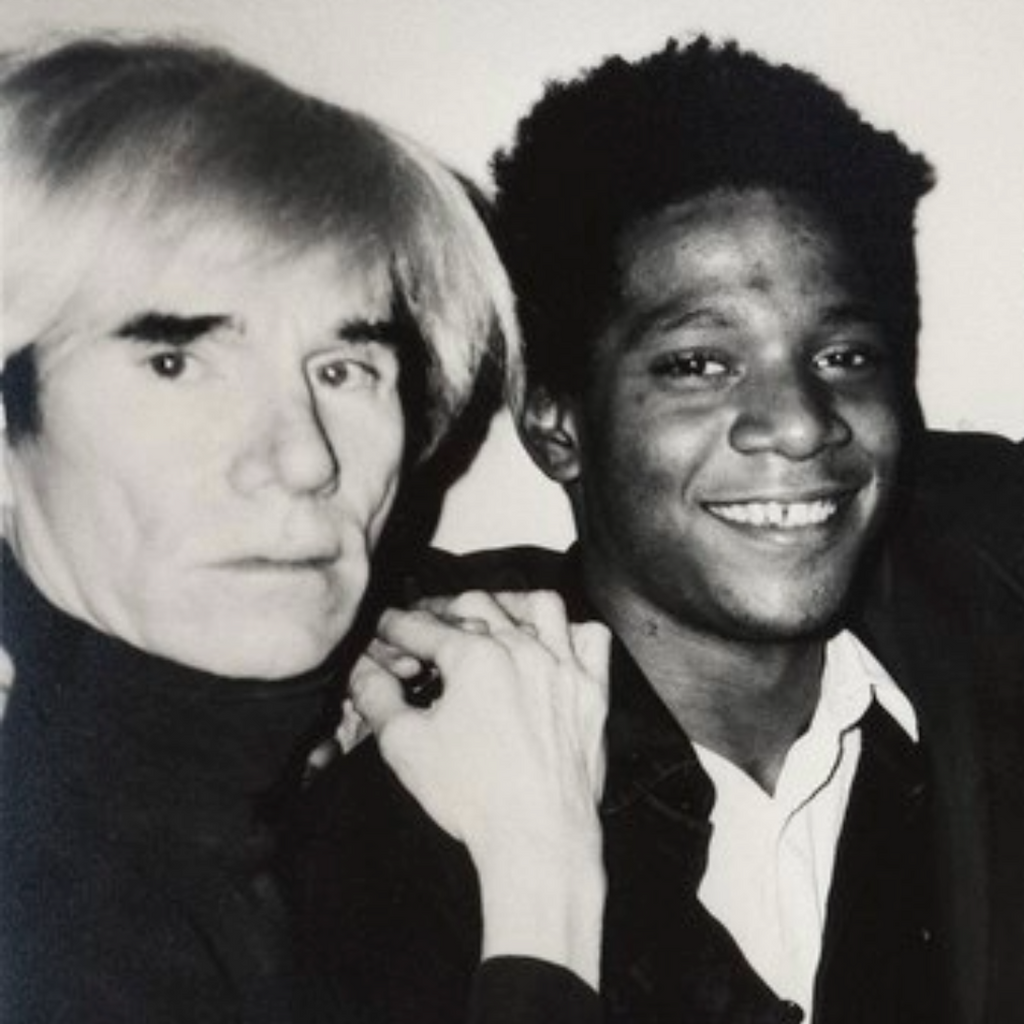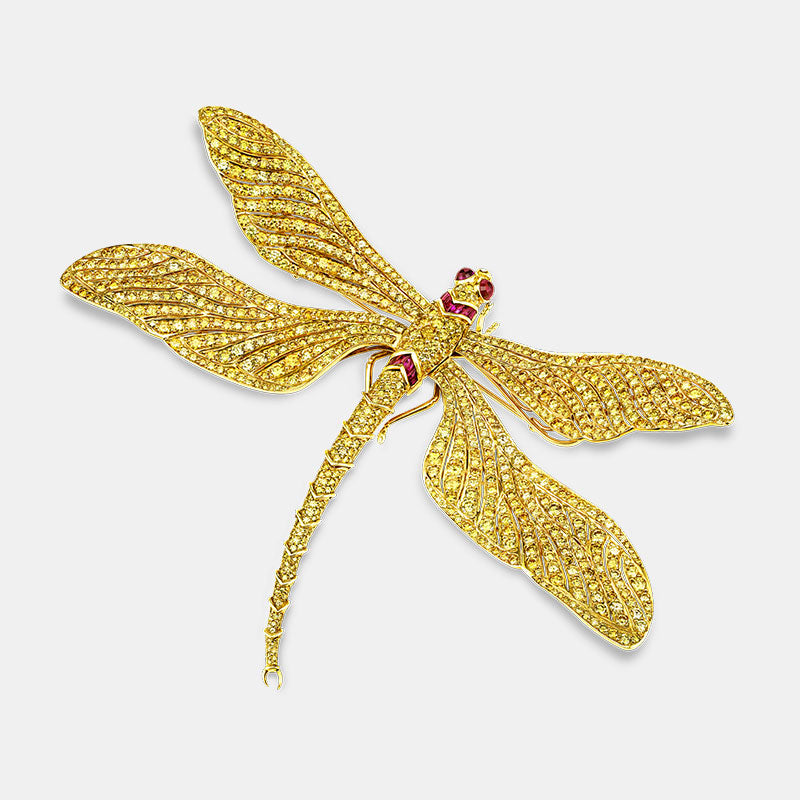Marie Antoinette and the Arts
Patronage and Influence
While many remember Marie Antoinette for her opulent fashions, her charming Petit Trianon and the resounding (though falsely attributed) quote “Let them eat cake,” she also played a significant role in the cultural and artistic landscape of 18th-century France through her patronage of the arts.
Born in Austria in 1755 as the Archduchess of Austria, Marie Antoinette was the youngest daughter of Empress Maria Theresa. Her upbringing in the Habsburg court of Vienna was marked by a lavish lifestyle and rigorous etiquette, preparing her for a politically strategic marriage to the future King Louis XVI of France, which ultimately led to her ascendance to the French throne as Queen consort in 1774. She was the infamous Queen of France from 1774 to 1792, and is often remembered today for her outlandish lifestyle and the tumultuous political climate that surrounded her.

Louis XVI-Style Bronze Chenets | M.S. Rau.
Cherubs representing the gods Cupid and Mercury sit atop this charming pair of French chenets, or fireplace andirons. Crafted of stunning doré and patinated bronze, these figures display a delightful neoclassical elegance characteristic of Louis XVI design.
Chenets were a staple of any well-appointed home, serving as both decorative and useful objects. They were placed in front of a fireplace to protect priceless rugs and flooring from rolling logs. Only the grandest homes would have had chenets as beautifully designed as these. Check out our collection of French Furniture here.
Marie Antoinette had a deep appreciation for all of the finer things in life, including the arts. Despite the financial challenges faced by the French monarchy at the time, she actively supported and promoted the work of various artists, musicians, and craftsmen. Her tastes were eclectic, spanning from the Rococo style that characterized the pre-revolutionary era to the emerging neoclassical movement.

Sèvres Porcelain-Mounted Bureau Plat | M.S. Rau.
Marie Antoinette was a champion of the quintessential Rococo aesthetic. Characterized by intricate details, shades of pink and light blue, gilded accents and sweet cherubic themes, Rococo art, objet and furniture are delightfully lavish and unique. Check out our blog on French furniture styles to learn more about the Marie Antoinette-approved style and the others ushered in by the changing monarchs.
One notable aspect of Marie Antoinette's patronage was her involvement in the construction and decoration of the Petit Trianon, a small palace on the grounds of the Palace of Versailles. This retreat became a showcase for the Queen's personal tastes and artistic preferences. She enlisted the services of renowned architects and designers, including Richard Mique and Hubert Robert, to create a haven of elegance and refinement. The interiors were adorned with exquisite furniture, delicate fabrics, and works of art that reflected the Queen's penchant for the pastoral and the picturesque.

Petit Trianon remains a popular destination for tourists today who want to catch a glimpse of the Queen’s small retreat on the palatial grounds of Versailles.
Marie Antoinette was renowned for her lavish taste and often hosted opulent dinners and parties at her home. Marie Antoinette also supported the performing arts, hosting theatrical productions and musical events at Versailles. She was known to have a particular fondness for the music of Christoph Willibald Gluck and commissioned several works from him. The Queen's patronage extended to the realm of fashion as well, with her becoming a trendsetter and influencing the styles of the time.
While Marie Antoinette's patronage of the arts was undoubtedly opulent, it also contributed to the vibrant cultural scene of 18th-century France. Her support of artists and craftsmen helped shape the aesthetic sensibilities of the period, leaving a lasting impact on the artistic legacy of the French monarchy.
The Jewels of Marie Antoinette
Affair of the Diamond Necklace
One of the most infamous events related to Marie Antoinette's jewels was the Affair of the Diamond Necklace, a scandal that rocked the royal family. The notorious Marie Antoinette diamond necklace affair unfolded in 1785, tarnishing the reputation of the French Queen. Although Marie Antoinette was not directly involved, her name became associated with the scandal due to the intricate web of deceit and intrigue surrounding a necklace crafted by the royal jewelers, Boehmer and Bassenge.

The infamous jewels at the center of the scandal.
The necklace, an extravagant piece adorned with large diamonds, was originally commissioned for Madame du Barry, the mistress of King Louis XV. However, before it could be delivered, the king died, and Marie Antoinette, harboring animosity towards du Barry, refused to purchase the necklace. Enter Jeanne de la Motte, a scheming adventuress who, along with her lover Cardinal de Rohan, sought to exploit the situation.

Though it was crafted a decade after the French queen met her demise, this glorious convertible diamond tiara necklace showcases her lasting influence. Read our blog on jewelry styles through the ages to view more incredible treasures.
De la Motte convinced Rohan that Marie Antoinette desired the necklace secretly and forged letters supposedly written by the queen. Rohan, deceived, purchased the necklace on credit. When the jewelers demanded payment from the queen, the scandal unraveled. The affair exposed the court's corruption and contributed to the public's negative perception of Marie Antoinette. Although she was innocent, the diamond necklace affair further fueled the growing discontent that eventually erupted into the French Revolution.
Marie Antoinette's Diamonds and the Wooden Chest
Stored in a wooden chest, Marie Antoinette's diamonds were a subject of fascination and controversy, encapsulating the opulence and excesses of the royal family.Marie Antoinette's diamonds and the infamous wooden chest are emblematic of the Queen's tumultuous fate during the French Revolution. In 1791, as revolutionary sentiments intensified and the monarchy faced increasing scrutiny, Marie Antoinette attempted to escape the escalating danger with her family.
In preparation for their flight, the Queen entrusted her collection of precious jewels, including an array of diamonds, to a loyal retainer, Nicolas Fersen. To conceal these valuables, Fersen ingeniously packed them inside a simple wooden chest, disguising the opulence within. This strategic move aimed to avoid detection by revolutionaries who sought to confiscate the royal treasures.

Pink Sapphire And Diamond Necklace, 24.60 Carats | M.S. Rau.
Marie Antoinette’s famous wooden chest contained a bounty of lavish jewels and almost certainly some in her favored shade of pink. The queen’s preference for the rosy hue certainly made waves during her times. Read our blog on the history of pink to learn more about the legacy of the hue made popular by queens and dolls alike.
Despite their efforts to evade capture, Marie Antoinette and her family were apprehended near the border and returned to Paris. The wooden chest and its concealed diamonds were confiscated. This symbolic act not only stripped the Queen of her material wealth but also underscored the revolutionary ideals of equality and the rejection of aristocratic excess.The fate of Marie Antoinette, who faced trial and eventual execution, marked the end of an era. The wooden chest, once a vessel for royal jewels, became a poignant artifact reflecting the fall of the monarchy and the profound social upheavals of the time.
The Death of Marie Antoinette
The National Convention and the Guillotine
Marie Antoinette's death was a pivotal moment in the French Revolution, decreed by the National Convention and carried out in the Place de la Concorde.

During the Reign of Terror, Marie Antoinette and many other aristocrats and royals met their demise at the guillotine.
The ill-fated Queen of France, met her tragic end on October 16, 1793. Condemned during the French Revolution, she faced a swift and public execution by guillotine in the Place de la Révolution in Paris. Stripped of her royal titles and luxurious trappings of wealth, Marie Antoinette faced her fate with courage and dignity. Her death marked the culmination of political turmoil and social upheaval, symbolizing the overthrow of the monarchy and the radical shifts in power and ideology that defined the era. Marie Antoinette's demise remains a poignant chapter in the tumultuous narrative of the French Revolution.
The Legacy of Marie Antoinette
Even after her death, Marie Antoinette's influence persisted, particularly through her daughter Marie Thérèse and her son Louis Charles. You can also talk about modern cinema and TV.

At The Ball By Eduardo Léon Garrido | M.S. Rau.
Painted in 1880, this rococo-inspired painting by Eduardo Léon Garrido showcases the lasting influence and romanticization of Marie Antoinette’s 18th-century France.
Marie Antoinette's legacy is a complex tapestry of extravagance, tragedy, and historical significance. As the last Queen of France before the Revolution, she symbolizes the excesses of the monarchy, contributing to the public discontent that fueled the uprising. Her lavish lifestyle and alleged indifference to the plight of the common people earned her a controversial reputation, perpetuated by the infamous phrase "Let them eat cake," though there is no concrete evidence she uttered these words.
Despite being a patron of the arts and a style icon, Marie Antoinette's legacy is indelibly tied to the violent end of the French monarchy. Her trial and execution in 1793 marked a profound shift in European politics and paved the way for republicanism. Over time, historical reevaluation has offered a more nuanced understanding of her life, acknowledging the challenges she faced as a foreign queen in a politically turbulent time.

Sofia Coppola’s film Marie Antoinette starring Kirsten Dunst put a modern spin on the ill-fated queen’s tragic tale.
Marie Antoinette's story endures in literature, film, and popular culture, with adaptations portraying her as both a tragic figure and a symbol of aristocratic excess. Her legacy serves as a cautionary tale about the perils of disconnected rule and the transformative power of revolutionary movements in shaping the course of history.
Conclusion

While several of Louise Élisabeth Vigée Le Brun’s Portraits of Marie Antoinette can be seen throughout Europe, the artist’s monumental 1788 portrait of the queen is permanently on view at the New Orleans Museum of Art, a hop skip and a jump away from our French Quarter gallery. | NOMA
Marie Antoinette's life unfolded as a captivating narrative of opulence, art, and tragic demise. Her active patronage of the arts, showcased through the construction of the Petit Trianon and support for various art forms, underlines her role as a significant influencer in the cultural landscape of 18th-century France. The infamous Affair of the Diamond Necklace and the wooden chest containing her treasures further accentuate the complexities of her reign, illustrating both extravagance and the revolutionary fervor that would ultimately lead to her downfall.
The climactic end of Marie Antoinette's story, marked by her public execution during the French Revolution, symbolizes the dramatic shift in power and the tumultuous political landscape of the time. Her legacy, however, transcends the guillotine, echoing through history, literature, and popular culture. Marie Antoinette's image as a symbol of excess and disconnection from the common people persists, but modern reevaluations acknowledge the challenges she faced. Her legacy stands as a cautionary tale, reminding us of the transformative forces that shape the course of history and the intricate interplay between art, politics, and societal upheaval. Marie Antoinette, once the Queen of France, remains an enduring enigma, captivating audiences and prompting reflection on the complexities of power and revolution.







